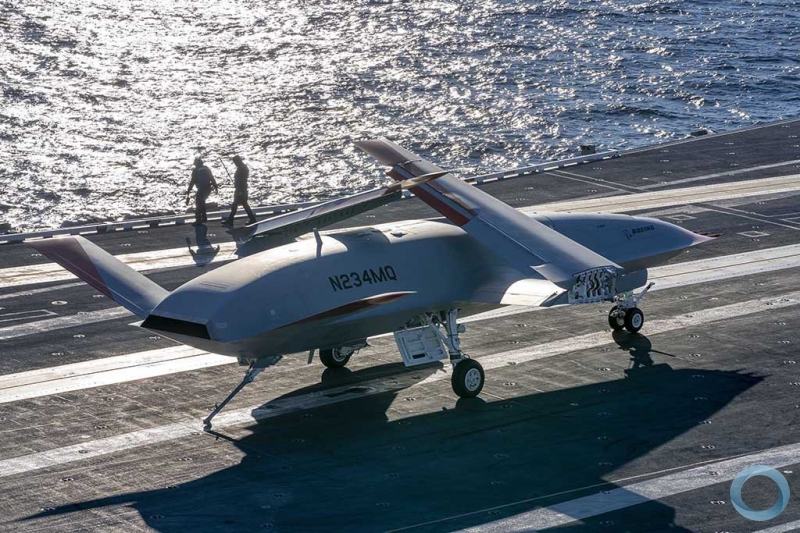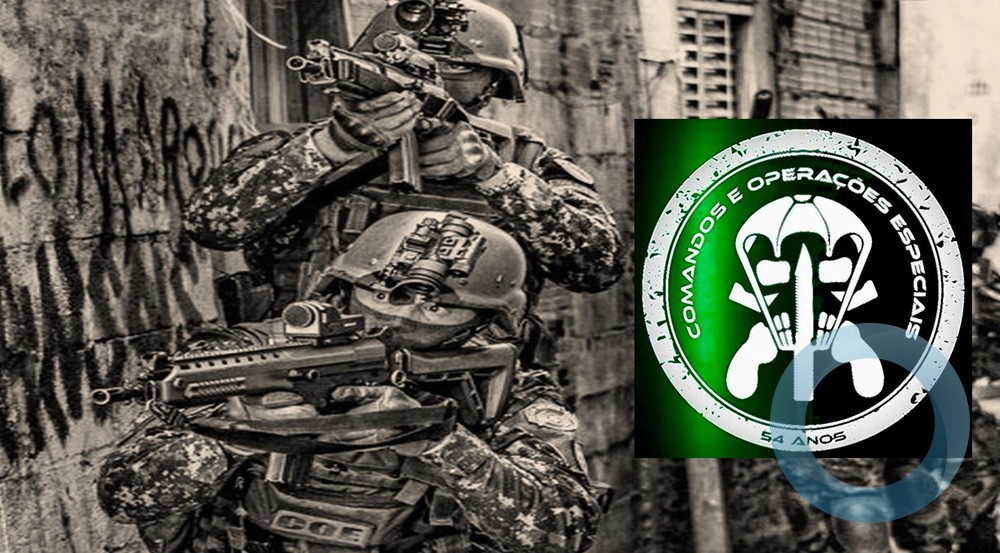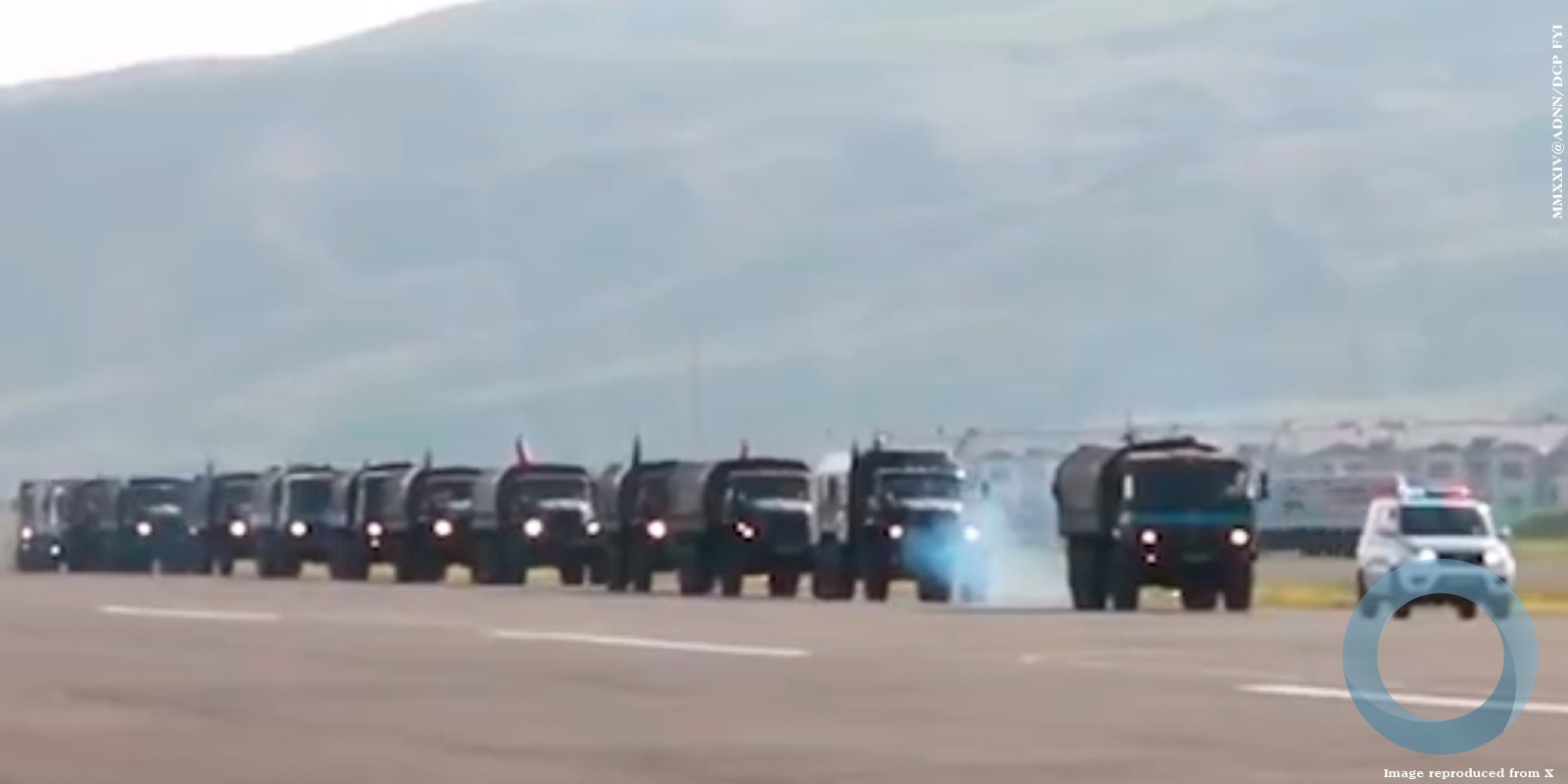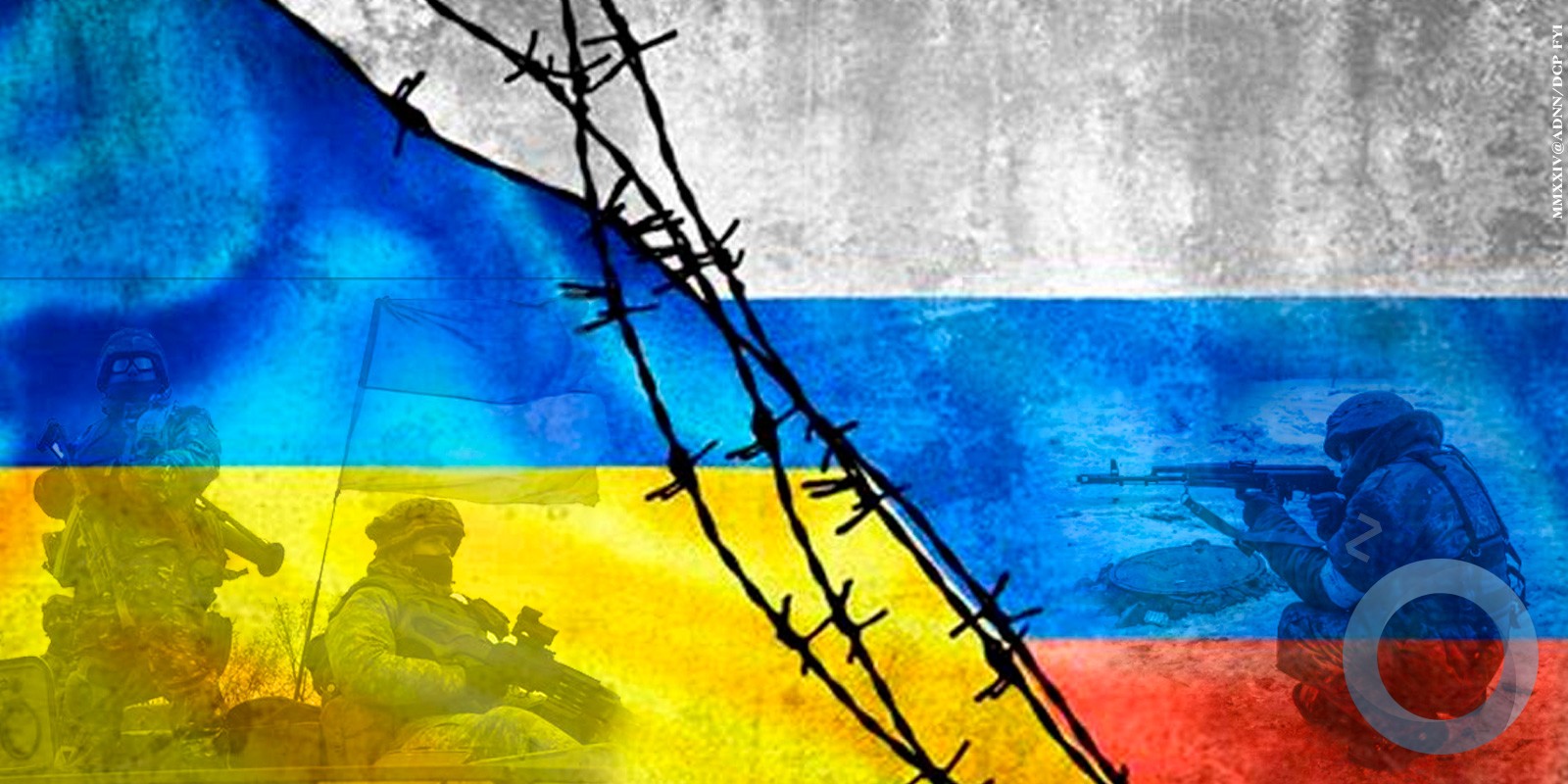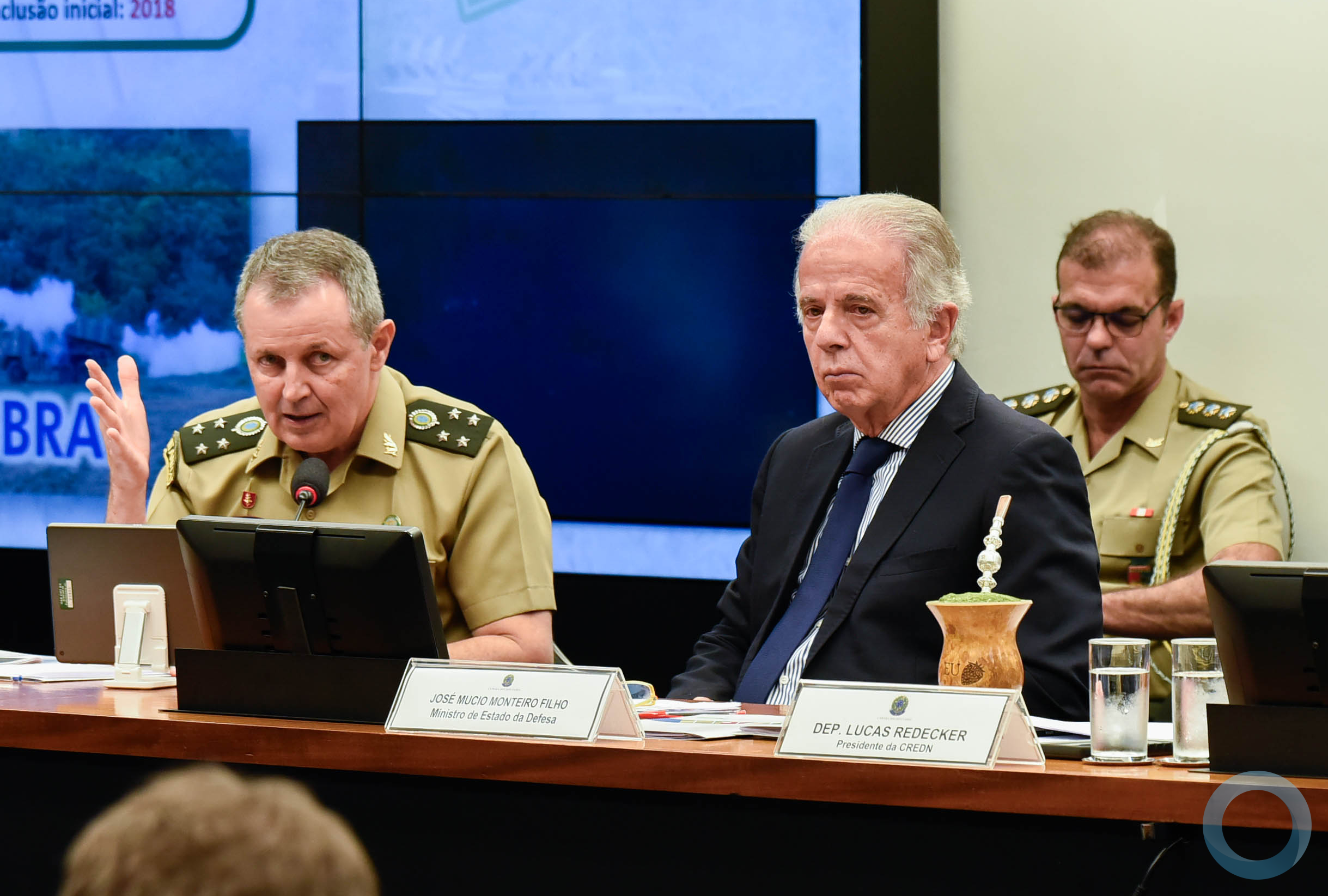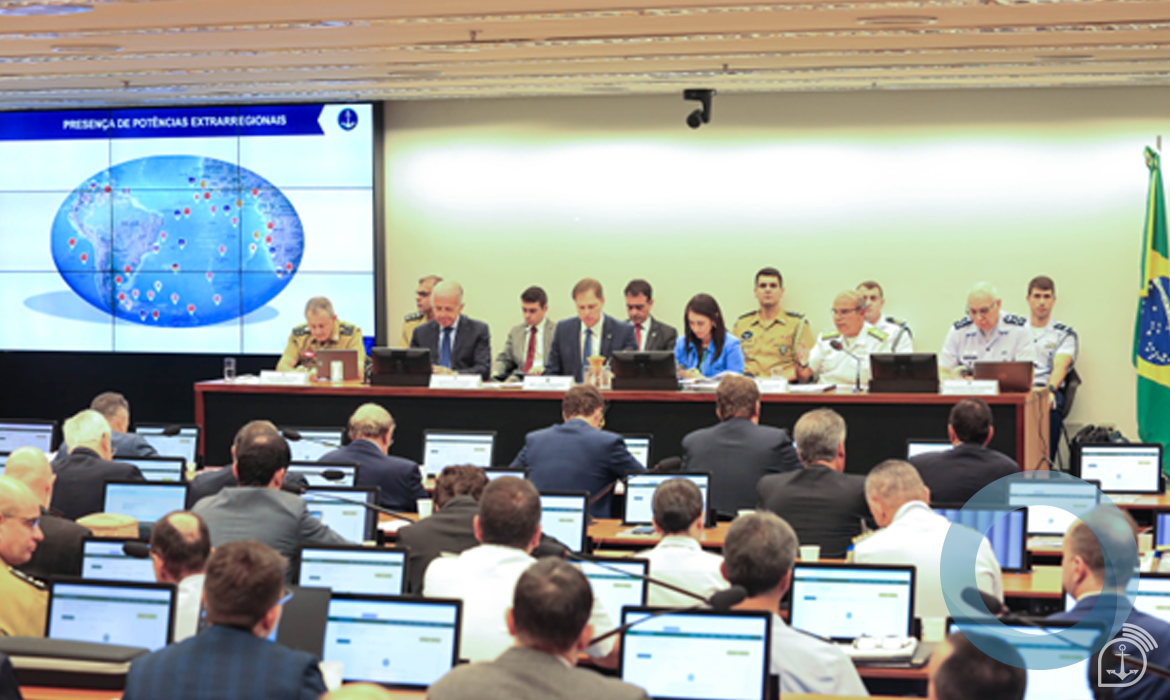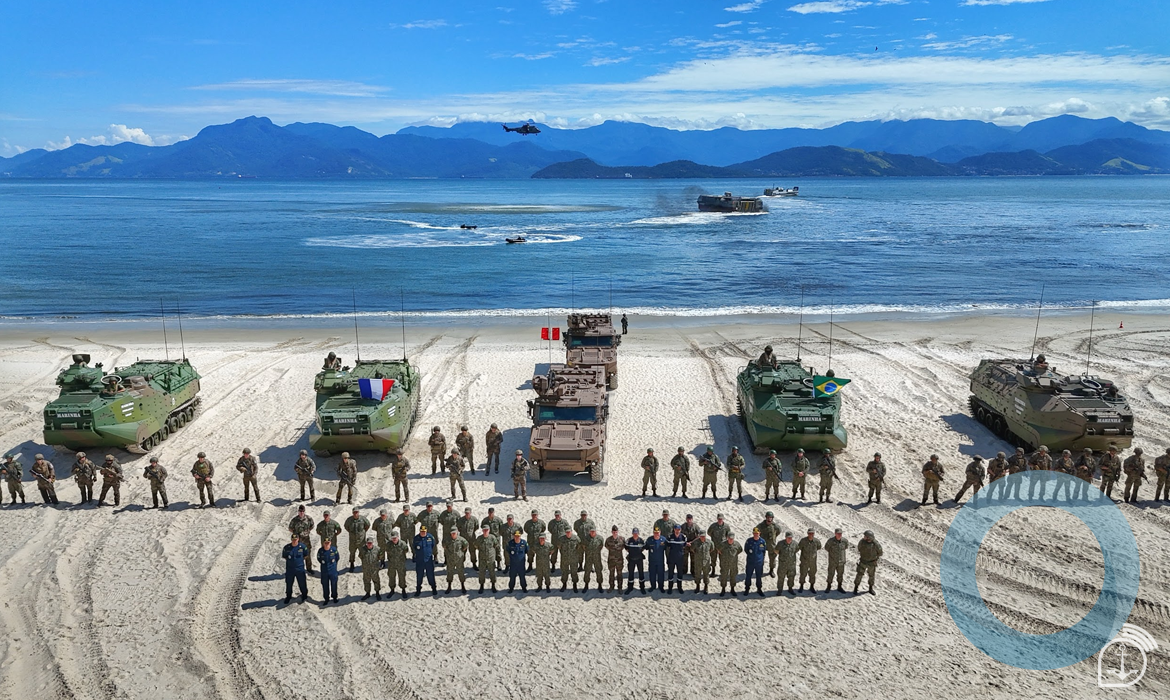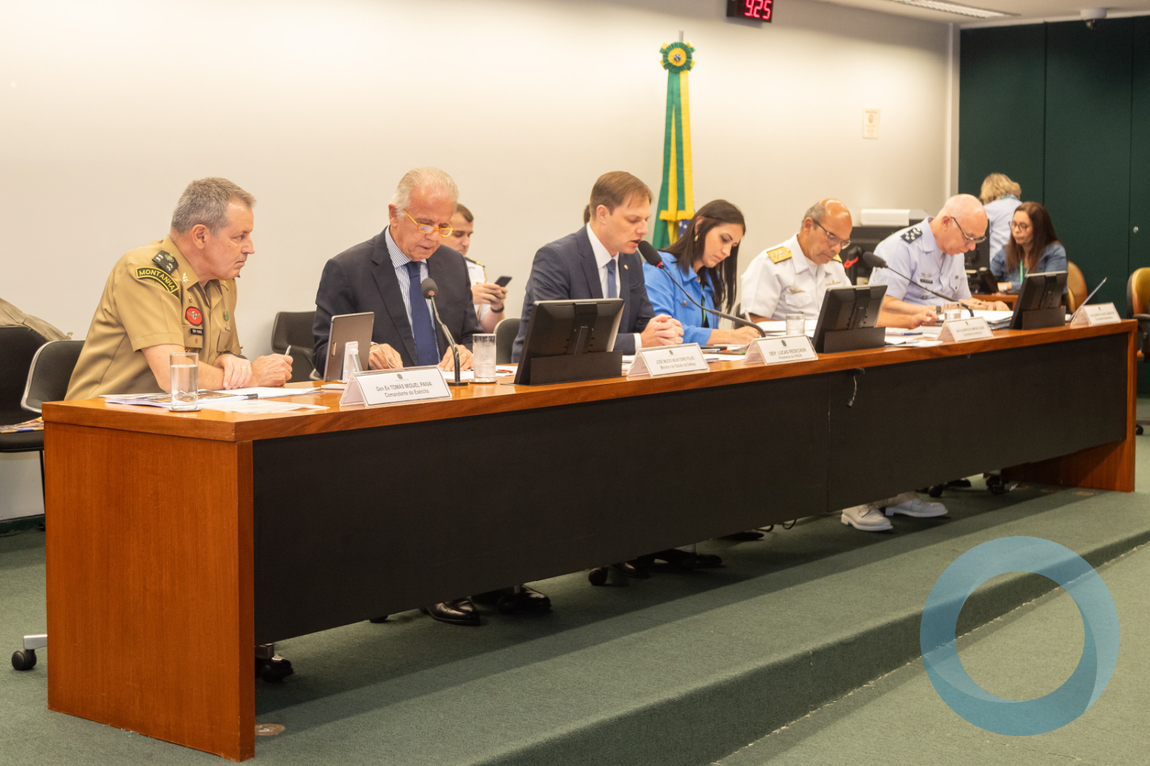DARPA
Urban canyons—with their high vertical structures, tight spaces, and limited lines of sight—constrain military communications, mobility, and tactics in the best of times. These challenges become even more daunting when U.S. forces are in areas they do not control—where they can’t rely on supply chains, infrastructure, and previous knowledge of local conditions and potential threats.
Unmanned air vehicles (UAVs) and unmanned ground vehicles (UGVs) have long proven beneficial in such difficult urban environs, performing missions such as aerial reconnaissance and building clearance. But their value to ground troops could be vastly amplified if troops could control scores or even hundreds—“swarms”—of these robotic units at the same time. The prime bottleneck to achieving this goal is not the robotic vehicles themselves, which are becoming increasingly capable and affordable. Rather, U.S. military forces currently lack the technologies to manage and interact with such swarms and the means to quickly develop and share swarm tactics suitable for application in diverse, evolving urban situations.
To help overcome these challenges and dramatically increase the effectiveness of small-unit combat forces operating in urban environments, DARPA has launched its new OFFensive Swarm-Enabled Tactics (OFFSET) program. OFFSET seeks to develop and demonstrate 100+ operationally relevant swarm tactics that could be used by groups of unmanned air and/or ground systems numbering more than 100 robots. These swarm tactics for large teams of unmanned assets would help improve force protection, firepower, precision effects, and intelligence, surveillance, and reconnaissance (ISR) capabilities. OFFSET plans to offer frequent opportunities for engagement with anticipated end users in the U.S. Army and U.S. Marine Corps and would share successfully tested swarm tactics with them on a rolling basis.
“With the technologies and tactics to be developed under OFFSET, we anticipate achieving a deeper understanding of how large numbers of increasingly autonomous air and ground robots can be leveraged to benefit urban warfighters,” said Timothy Chung, DARPA program manager. “We aim to provide the tools to quickly generate swarm tactics, evaluate those swarm tactics for effectiveness, and integrate the best swarm tactics into field operations. If we’re successful, this work could also bring entirely new scalable, dynamic capabilities to the battlefield, such as distributed perception, robust and resilient communications, dispersed computing and analytics, and adaptive collective behaviors.”
To accomplish these goals, OFFSET seeks to develop an active swarm tactics development ecosystem and supporting open systems architecture, including:
– An advanced human-swarm interface to enable users to monitor and direct potentially hundreds of unmanned platforms simultaneously in real time. The program intends to leverage rapidly emerging immersive and intuitive interactive technologies (augmented and virtual reality, voice-, gesture-, and touch-based) to create a novel command interface with immersive situational awareness and decision presentation capabilities. The interface would also incorporate a swarm interaction grammar, similar in concept to playbooks coaches in soccer, basketball, and other games prepare with pre-made plays combined with “freestyle” design tools that allow dynamic action and reaction based on real-time conditions in the field.
– A real-time, networked virtual environment that would support a physics-based, swarm tactics game. In the game, players would use the interface to rapidly explore, evolve, and evaluate swarm tactics to see which would potentially work best on various unmanned platforms in the real world. Users could submit swarm tactics and track their performance from test rounds on a leaderboard, as well as dynamically interact with other users.
– A community-driven swarm tactics exchange. This curated, limited access program portal would house apps to help participants design swarm tactics and combine collective behaviors, as well as swarm algorithms. It would provide these key ingredients to an extensible architecture for end-user-generated swarm tactics and help create a lasting community to innovate and cultivate the most effective tactics, with the potential to integrate third-party tactics and playtesters in the future.
OFFSET aims to demonstrate its technologies through frequent live experiments with various unmanned air and ground platforms. Every six months, operational vignettes of progressively increasing complexity would challenge both the swarm architecture and the developed swarm tactics across numerous technological and operational test variables, such as swarm size, proportion of air and ground platforms, and mission duration. Users would employ the swarm interface to test the best of the virtual tactics in the real world, and interactively supply their unmanned platforms with near-real-time tactics updates using automated deployment technologies.
“We’re interested in developing practical swarm systems in an agile way, so future operators will have the tools they need to outsmart and outperform urban adversaries,” Chung said.








